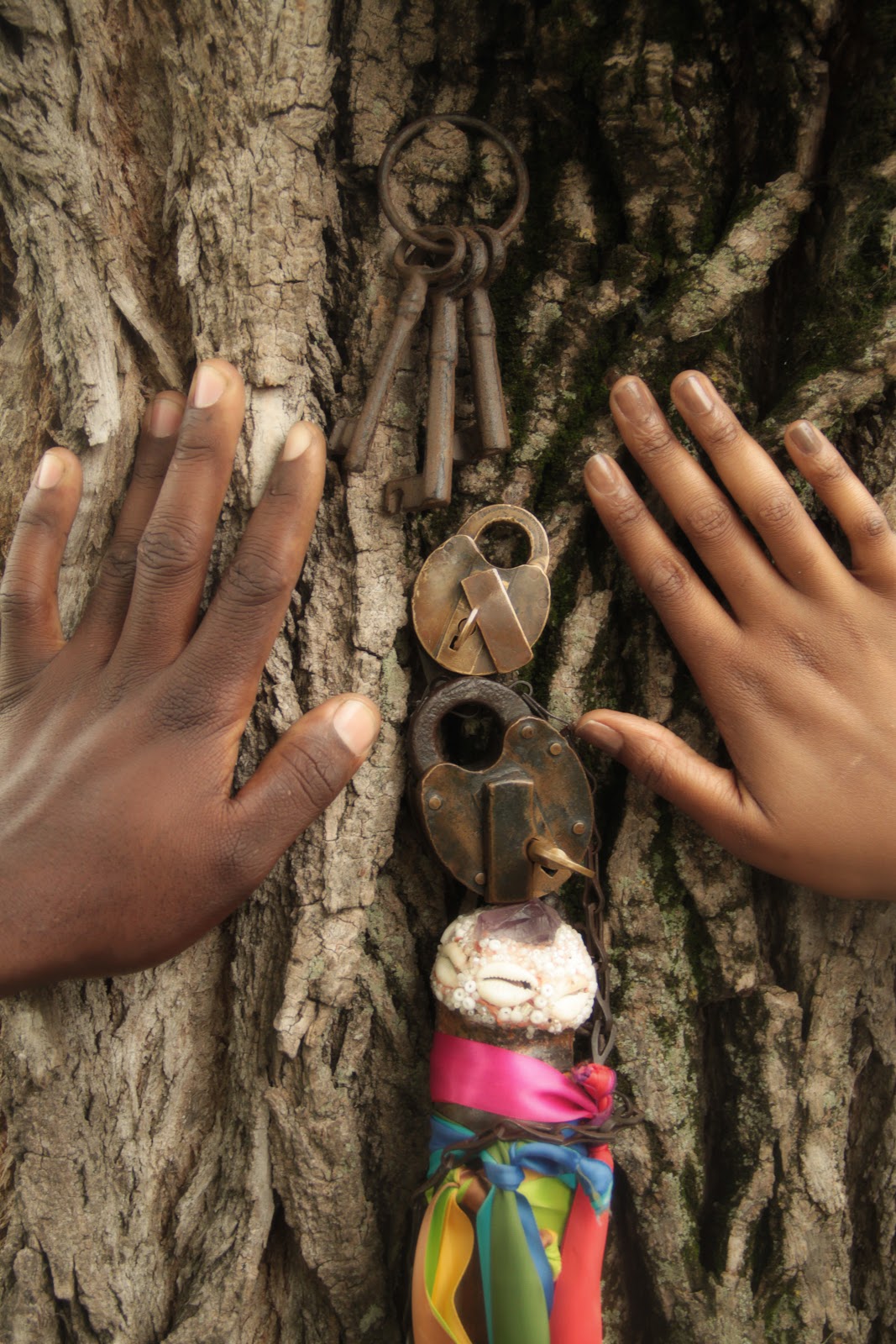My initial question: How does Camille deal with the difference between the cultures of the dancers and the cultures they’re representing, if they’re allowed to make decisions and grapple with the movement?
Camille A. Brown’s work is absolutely magnificent. Her various forms of expression makes for an interesting, compelling performance. I would characterize this work as a play tampering with the difficult. I can only imagine the amount of stumbling blocks and restrictions she possibly faced.
For one, Camille uses film, dance choreography, body language, verbal speech, and stepping in her piece. Using these elements calls for a vigilant audience, but behind the scenes, as she mentioned, it takes lots of time and preparation.
I particularly enjoy the social dancing that Brown works with and how it transforms to stage so beautifully. Her commitment to showcasing dances and movements of all time periods and styles, is fully present in her work. She takes you through a tour, more or less, and let’s you enjoy and celebrate them as well.
I’m not familiar with many dance companies, but in comparison to previous dances that I’ve seen, Camille’s style is very different. But, I admire that it is different and it causes the audience to appreciate her work in a different way. The constant rhythm changes, the tapping of the feet mixed with clapping, the bodily gestures, and the choice of words, all tie into this one grand performance. Leaving Camille’s piece meant leaving with knowledge. She incorporates a lot of educational material in her dancing, and does it so subtly that you don’t even notice you’ve just absorbed so much new information.
I can definitely see a connection between Brown’s work and what Free and MK are doing for our upcoming performance. Learning through dance is so powerful and necessary and can hit the target on many takeaways that words just cannot. The history and culture of African-Americans are far more complex then words can announce. When dance is included in this teaching style, the audience completely changes and the message, while similar, becomes so rich in other aspects that words simply don’t fulfill.
I’m glad that Brown has taken the unpopular route and chosen to work with social dance. I feel that it is very necessary and a style of art that we should all embrace. I look forward to seeing more pieces like this and exploring this in our performance as well.
My followup question: How can you find the perfect balance with all of the elements included? Do you just go with the right feeling?
